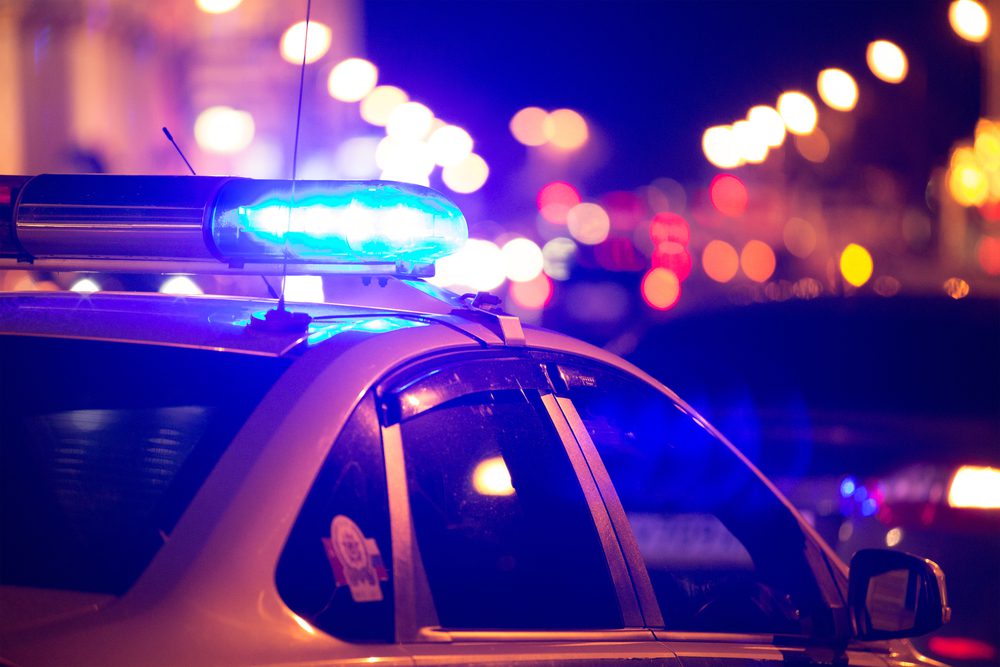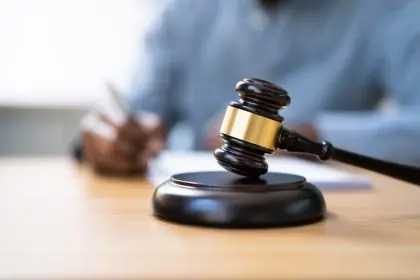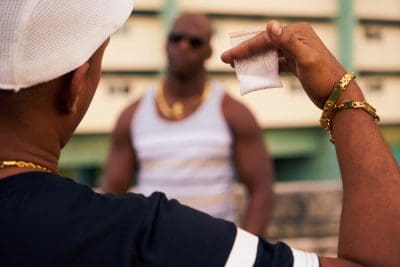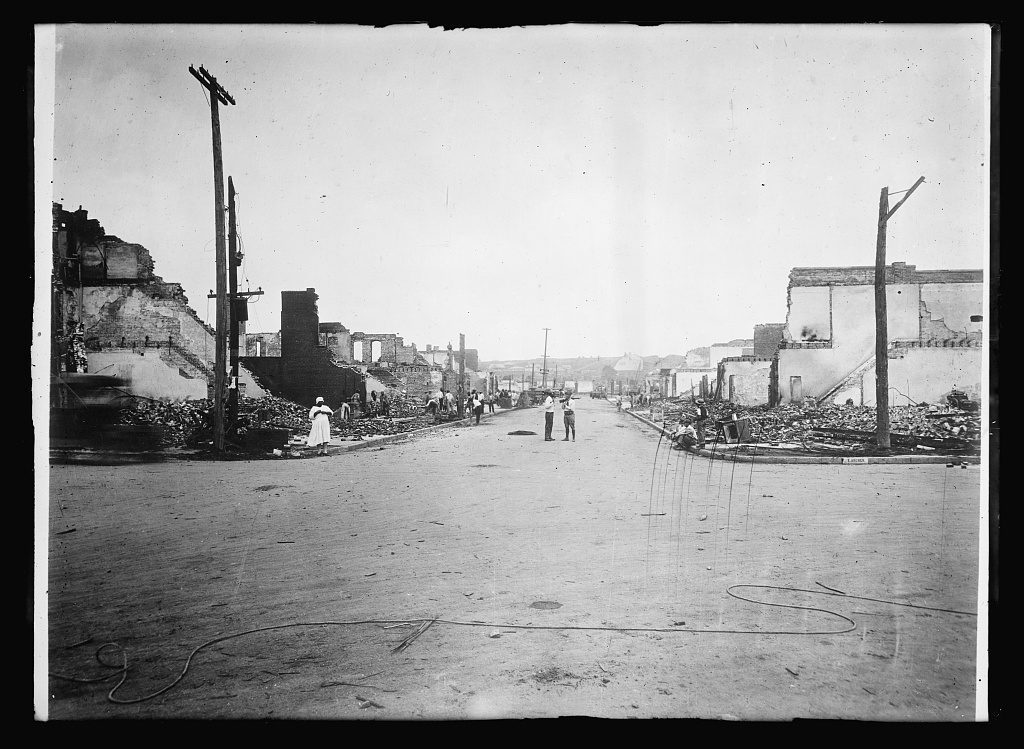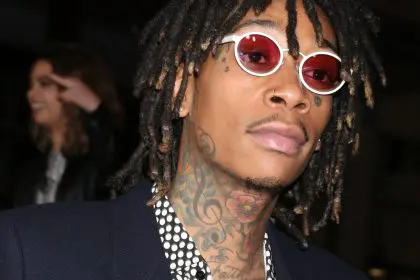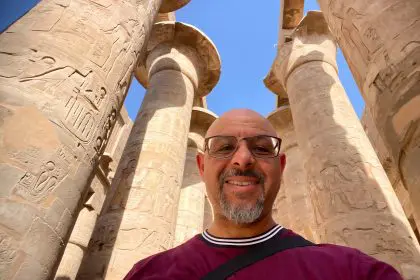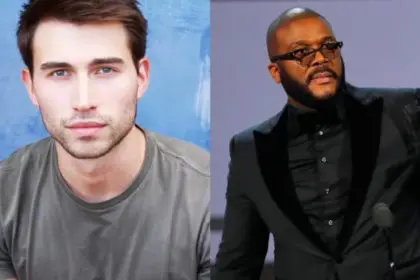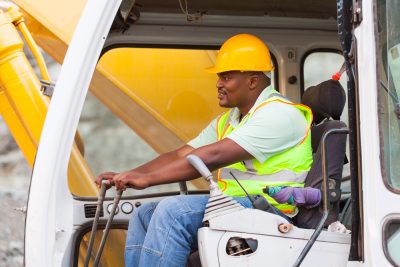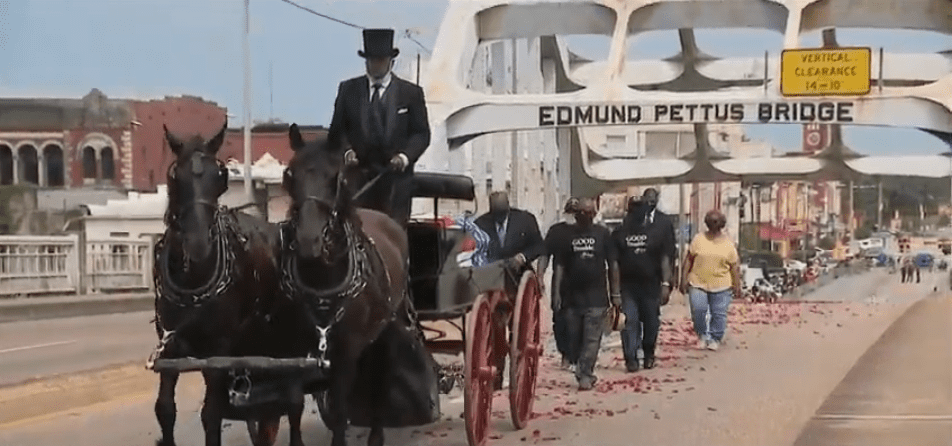On Sept. 4, Apalachee High School in Winder, Georgia, became the site of a tragic mass shooting. Four people were killed, and at least nine others were injured in the attack. The suspect — 14-year-old Colt Gray — was arrested without incident, renewing concerns about the glaring disparities in police responses based on race.
The incident
Colt Gray, a White student, was taken into custody shortly after the shooting. Despite being heavily armed, Gray reportedly surrendered peacefully, lying on the ground as law enforcement approached. Barrow County Sheriff Jud Smith confirmed that Gray gave up without resistance, emphasizing the calm arrest — a stark contrast to how police have historically responded to Black individuals, particularly in far less dangerous situations.
Police restraint and racial disparities
Gray’s peaceful arrest highlights a broader issue in American policing: the contrasting treatment of suspects based on race. Numerous cases have shown that Black individuals — including children — often face lethal force from police, even when they pose little to no threat. The 2014 killing of Tamir Rice is a tragic example. Te police fatally shot Rice, a 12-year-old Black boy, within seconds of their arrival while playing with a toy gun in a park. The officers involved did not hesitate, and Rice did not have the opportunity to surrender — unlike Gray.
A troubling pattern
This incident at Apalachee High School is not isolated. It follows a long history of disparate policing that disproportionately affects Black communities. The deaths of Tyre Nichols, George Floyd and Eric Garner — all Black men who died at the hands of police — are painful reminders of how quickly encounters with law enforcement can escalate for people of color. In these cases, excessive force was used, often resulting in fatalities, while suspects like Gray — who commit heinous crimes — are afforded the opportunity for a peaceful surrender.
Comparing responses: Dylann Roof and Kyle Rittenhouse
The disparities in police responses become even more pronounced when considering cases like that of Dylann Roof and Kyle Rittenhouse. Roof — a White supremacist who murdered nine Black churchgoers in Charleston, South Carolina in 2015 — was arrested without incident and even offered food by police after his capture. Similarly, Kyle Rittenhouse — who fatally shot two people during a protest in Kenosha, Wisconsin, in 2020 — was allowed to walk past police officers with his weapon still in hand, unharmed and unchallenged. Both of these cases starkly contrast with how Black individuals are treated, often facing immediate and deadly force from law enforcement for far less severe actions — or none at all. These examples further underscore the deep racial biases that exist within the criminal justice system.
Other school shooting responses
When examining police responses to mass shootings, a pattern of disparate treatment emerges. In high-profile cases such as the Uvalde school shooting in 2022, law enforcement hesitated for over an hour before confronting the gunman, drawing widespread criticism. Similarly, in other tragic events like the Sandy Hook Elementary shooting in 2012 and the Marjory Stoneman Douglas High School shooting in 2018, the suspects — both White — were apprehended without lethal force. These cases further underscore the differences in how law enforcement treats suspects based on race. The stark contrast in the handling of White shooters, such as Roof, Rittenhouse and Gray, compared to the often deadly encounters with Black suspects, raises critical questions about systemic racism in policing.
Implications for law enforcement
The differences in police responses based on race highlight systemic issues that require urgent attention. The privilege of a peaceful arrest — as seen in Gray’s, Roof’s and Rittenhouse’s cases — raises critical questions about how police assess threats and make split-second decisions. These disparities suggest that the conversation around police reform and accountability must continue, especially when it comes to ensuring equitable treatment for all individuals, regardless of race.
A call for change
The mass shooting at Apalachee High School has reignited discussions about race, privilege and policing in America. As communities mourn the lives lost in this tragedy, the need for change in law enforcement practices becomes ever more pressing. This incident should not only be remembered for its tragic outcomes but also as a catalyst for reform. Society must work toward a future where all individuals — regardless of their race — are treated with equal restraint and respect by those sworn to protect them.
This story was edited by Andrea J. Plaid and created using AI technology.

